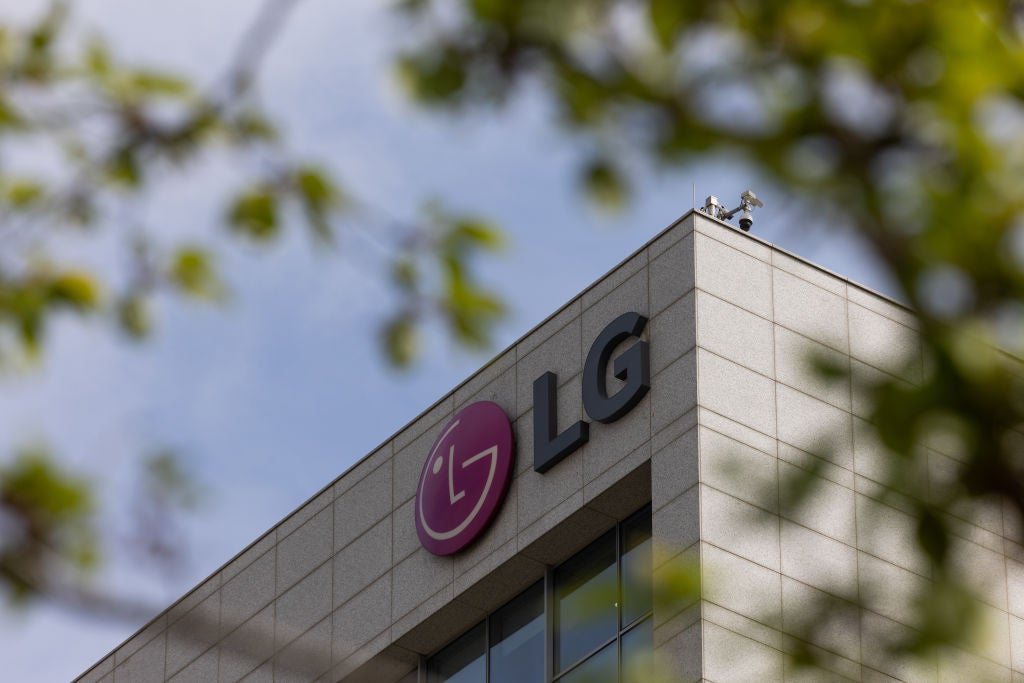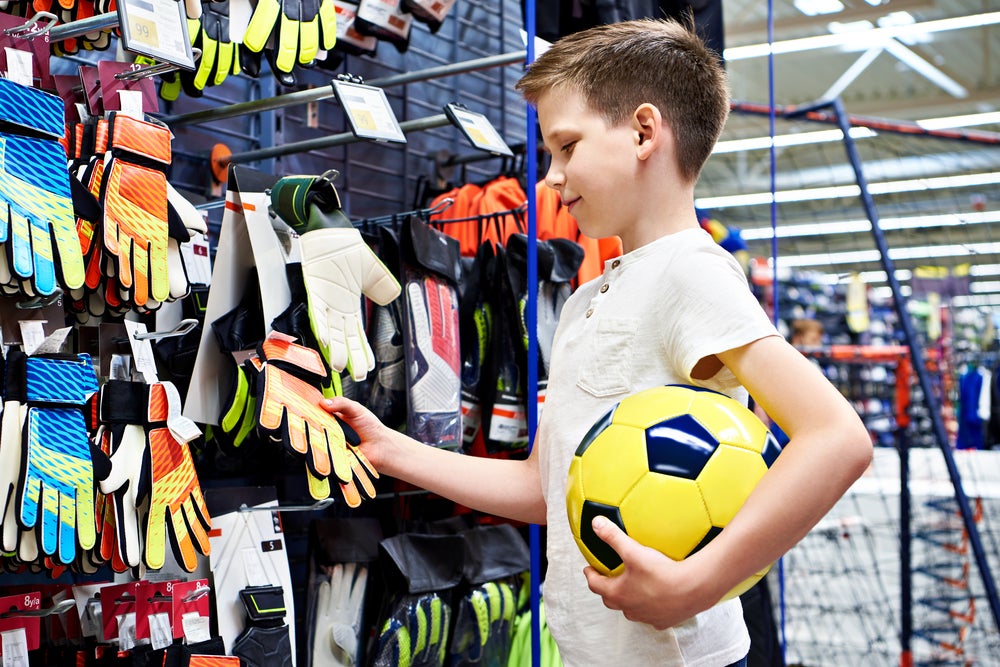Kyocera had 12 patents in artificial intelligence during Q3 2023.Kyocera Corp filed several patents during Q3 2023. One patent describes an electronic device that uses an imaging unit and a gaze-line detector to infer a gaze-line prediction map and biological information about the subject’s alertness level. Another patent involves a processor that extracts image defects from a test image by applying a main filter process and identifying singular parts that are common or unique to each image. Another patent introduces a method for generating attention maps and weighted attention maps from neural network outputs to enhance the colorfulness of an image. Additionally, there is a patent for a system that detects artifacts in super-sampled images and replaces them with an alternate mechanism if the artifacts exceed a threshold. Lastly, an electronic device estimates the alertness level of a subject based on an image and line of sight using a machine learning-based estimator. GlobalData’s report on Kyocera gives a 360-degreee view of the company including its patenting strategy. Buy the report here.
Kyocera grant share with artificial intelligence as a theme is 33% in Q3 2023. Grant share is based on the ratio of number of grants to total number of patents.
Recent Patents
Application: Electronic device, information processing apparatus, method for inference, and program for inference (Patent ID: US20230267752A1)
The patent filed by Kyocera Corp. describes an electronic device that includes an imaging unit, a gaze-line detector, and a controller. The imaging unit captures images of a view, while the gaze-line detector detects the gaze line of a subject directed towards the view. The controller serves as a first inference unit and a second inference unit. The first inference unit infers a gaze-line prediction map based on the captured images, representing the probability of finding the gaze line at each position in the images. The second inference unit infers biological information about the subject's alertness level based on the gaze-line prediction map and the detected gaze line.
The electronic device estimates the alertness level of the subject by combining the captured images and the detected gaze line. The controller serves as a first inference unit that creates a gaze-line prediction map based on the images, representing the frequency of finding the gaze line in each position of the images. This first inference unit is constructed using machine learning data that relates to the relationship between training images and the gaze line of a subject during training. The controller also serves as a second inference unit that infers biological information about the subject's alertness level based on the gaze-line prediction map and the detected gaze line. This second inference unit is constructed using machine learning data that relates to the relationship between a gaze-line prediction map inferred during training, the gaze line of the subject during training, and biological information about the subject's alertness level during training.
The electronic device can estimate the alertness level of the subject using a plurality of continuously captured images and the gaze line for each image. However, the controller excludes combinations of a gaze line with a moving speed that exceeds a threshold and the corresponding image from the estimation process.
The patent also describes an information processing apparatus that includes an acquiring unit, a controller, and an output unit. The acquiring unit acquires images and the gaze line of a subject, while the controller estimates the subject's alertness level based on the acquired images and gaze line. The output unit then outputs the estimated alertness level.
Additionally, the patent describes a method for inference that involves creating images of a view, detecting the gaze line of a subject directed towards the view, and estimating the subject's alertness level based on the images and gaze line. The estimation process includes a first inference step that infers a gaze-line prediction map based on the images and a second inference step that infers biological information about the subject's alertness level based on the gaze-line prediction map and the gaze line.
Finally, the patent includes a non-transitory computer-readable recording medium that contains a program for inference. This program causes a computer to serve as an imaging unit, a gaze-line detector, and a controller. The controller acts as a first inference unit that infers a gaze-line prediction map based on the images and a second inference unit that infers biological information about the subject's alertness level based on the gaze-line prediction map and the gaze line.
To know more about GlobalData’s detailed insights on Kyocera, buy the report here.
Data Insights
From

The gold standard of business intelligence.
Blending expert knowledge with cutting-edge technology, GlobalData’s unrivalled proprietary data will enable you to decode what’s happening in your market. You can make better informed decisions and gain a future-proof advantage over your competitors.





